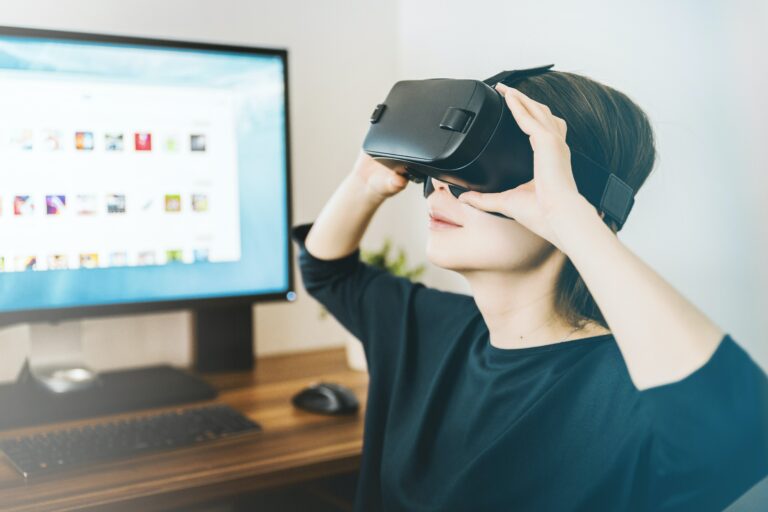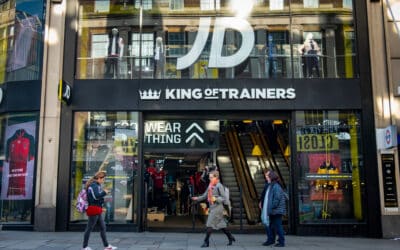The most recent YouGov industry report looked at how the retail sector – covering online and bricks-and-mortar sellers – changed over the course of COVID.
The International Omni-Channel Retail Report 2021, which can be downloaded here, provided useful lessons for online and physical retailers, with conclusions for both on the motivators and barriers to shoppers.
It found that nearly three-quarters of shoppers tend to shop both in-person and online.
After looking at purchase behaviour, keys to winning and channel barriers, the report looks at shoppers’ interest and intent towards using VR and AR to enhance the shopping experience. These technologies offer online retailers the chance to reduce barriers to engagement from consumers, simulating in-person experiences.
This is important as for many products classed as discretionary – for example, clothing, entertainment and consumer electronics – one of the main barriers to buying online is people’s preference for trying things on or out, which for the most part can only be done in-store.
During COVID, this activity has been reduced drastically – and consumers have on the whole needed to stay at home and shop more online.
What the report ultimately finds is that “interest in such tools varies by category, but overall, is still fairly nascent.”
There are key and practical differences in interest in utilising AR or VR to explore retail products, depending on age, category and location. The younger the group surveyed, the higher the receptiveness to these digital forms of engagement with products.
However it remains mostly a minority. The group most likely to be interested in AR and VR is 18 – 24 year-olds looking at clothes, while 50% of the 25 – 34 group would consider it for clothing. Clothing is more viable as a category than technologies, furniture and video games. In fact, only 2% of 35 – 44s looking at video games would consider the option.
Region-wise, the report finds that interest in the adoption of augmented and virtual reality is higher in Asia, the UAE, and Mexico. For clothes, for example, 60% of Mexican consumers would be interested; 53% in the UAE; and 50% in APAC.
It seems that for now, AR and VR in retail remains something nice to have for sellers, but not an immediate game-changer. Given COVID, it increasingly looks like a viable option for the consumption of luxury goods, and as the youngest cohorts grow older overall interest in the options will grow.
To learn more about this and much more about retail in 2021, fill out the form below to download the whitepaper.














